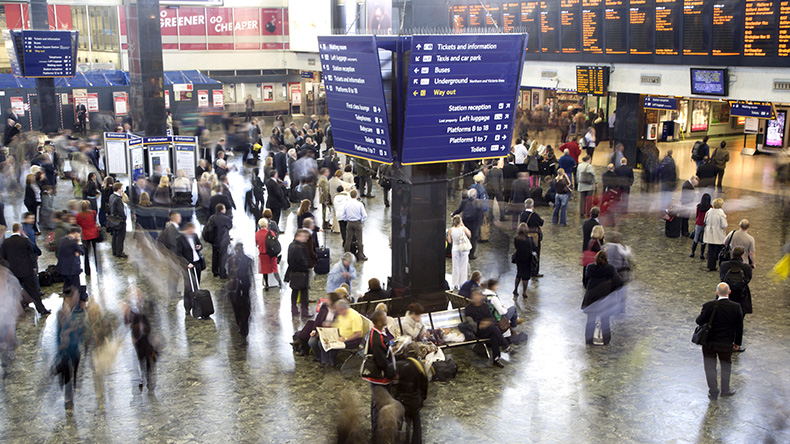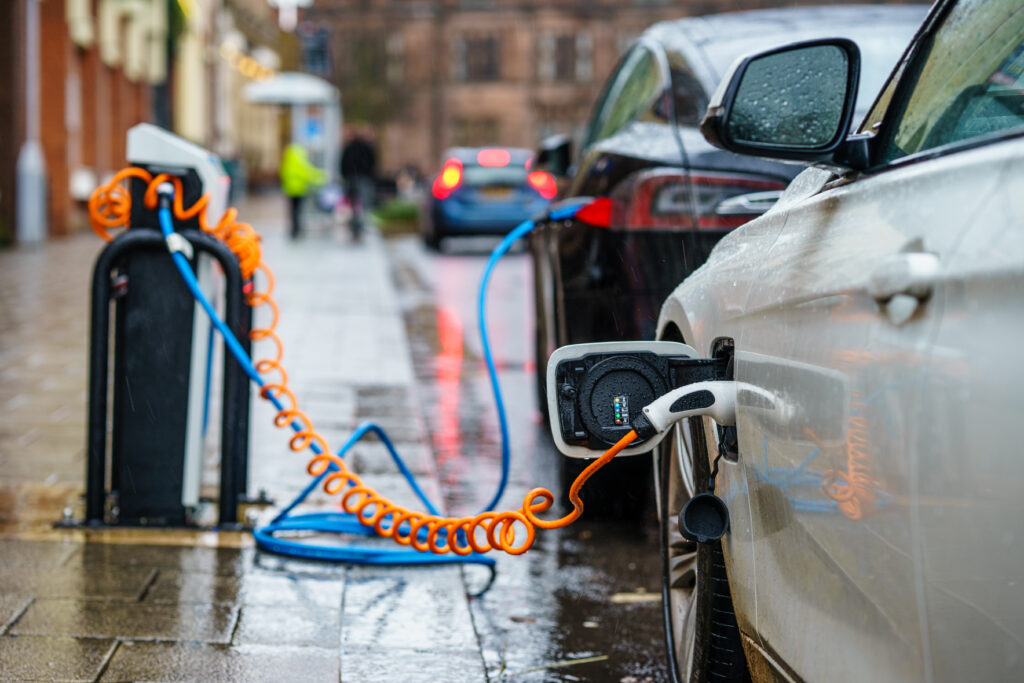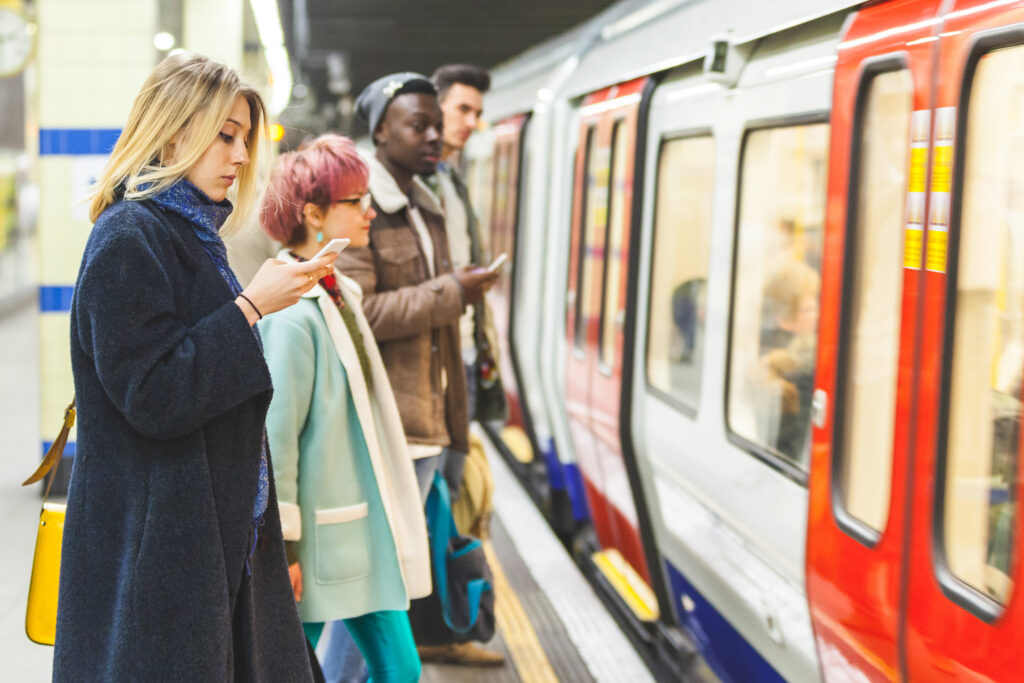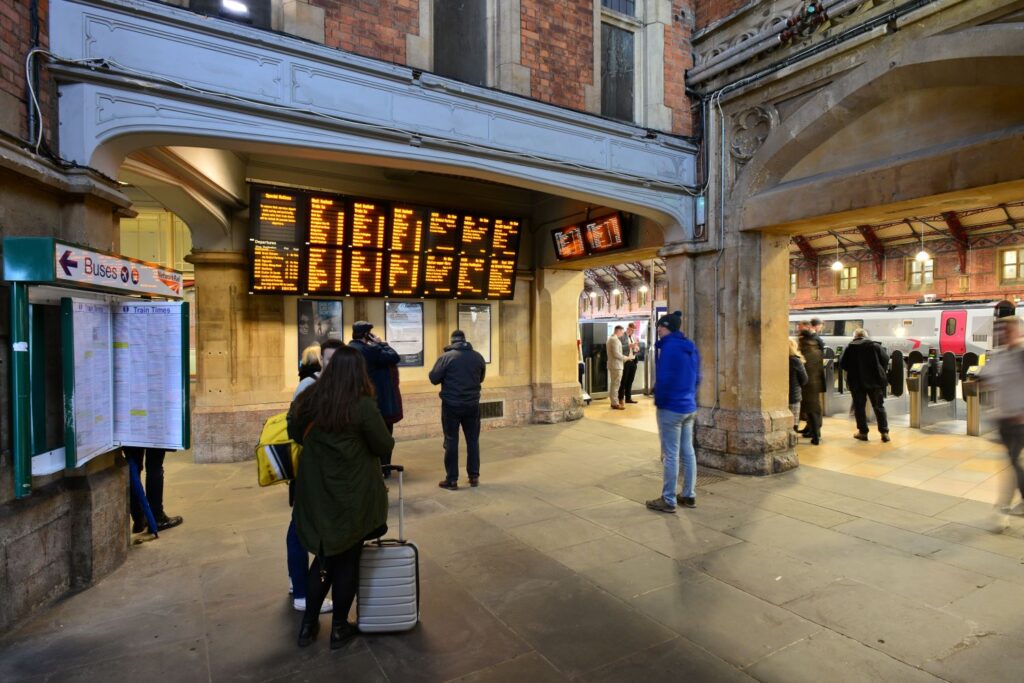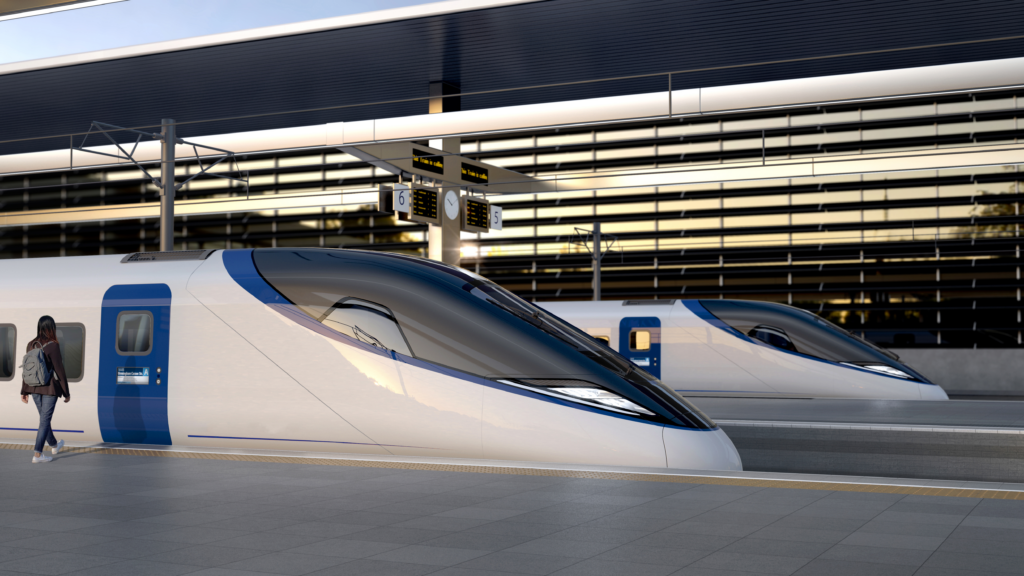Make old buildings feel new
Liverpool Road station in Manchester dates back 1830, making it the oldest surviving train station in the world. It’s not, however, an outlier in the UK. Some of the country’s biggest and busiest stations, such as London Euston, London Bridge, Liverpool Lime Street, and London Paddington, date back to the same decade. The British rail network was born in Victorian times and much its infrastructure dates back to then.
This brings history and often architectural beauty, but it also brings challenges. Victorian stations weren’t built with things like accessibility or digital connectivity in mind.
Today’s traveller, and tomorrow’s, is hyper-connected. They want access to data, both in terms of bandwidth and information. Stations could use 5G and open-data-enabled services to provide customers with real-time information about their journey. Artificial Intelligence (AI) could personalise their itinerary and ticketing options.
Digital technology can help people with mobility issues navigate the station seamlessly and even integrate with other mobility choices like ride-hailing or car-sharing services (which should be easily discoverable outside the station). In short, technology should simplify the way we use train stations.
The privatisation of British Rail has been debated since it took place in 1993. While it had been the butt of jokes before it was sold off, it’s safe to say that the public image of train travel in the UK hasn’t improved since.
Steepling costs, combined with a perceived lack of quality and value of service, mean that train journeys and time spent at stations are not things that people always look forward to. Not all parts of the service are in private hands – stations and the rail network are publicly owned – but the dismantled nature of the service clearly has an effect on public opinion: polls suggest over 60% of the population support public ownership of train-operating companies.
By making stations better places to be, by making journeys easier and more enjoyable, the perception of rail travel can be improved, making it a more viable transport option in years to come.
According to PR Week, the average London commuter in 2021 spent more than 23 days a year travelling to and from London, while the average cost of an annual season ticket from the most popular commuter towns was £5,300.
Yet, for something so expensive and that takes up such a large chunk of their lives, the experience is overwhelmingly seen as negative for people’s mental and physical health. At a time when the strain on people’s finances, time and minds is rising steeply, this is a damaging state of affairs.
Train stations can help to improve matters by promoting wellness. There’s a growing interest in the use of neuroscience to redesign public spaces and make them places of inclusivity and wellbeing. Rather than just housing retail and catering businesses, stations could incorporate services like gyms, health-focussed grocery outlets and medical services. There could be places for power naps, yoga and mindfulness. They would be happier, healthier buildings and therefore encourage more people to spend longer in them.
Collaboration and innovation are the best ways to spark positive changes to antiquated systems. Connected Places Catapult is building a community of innovators and stakeholders who can and want to use digital technology to make train stations better places in the future, subsequently driving growth and greater wellbeing.
The UK has the means and the ambition to lead the way in this by changing people’s experience on the railways to one that’s smoother, easier, less stressful and even enriching.

